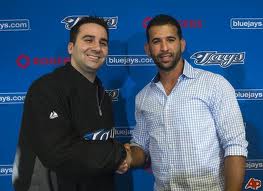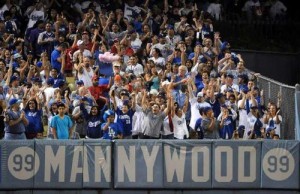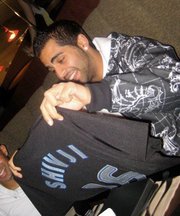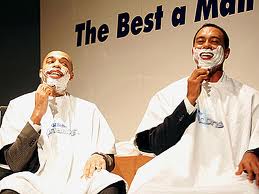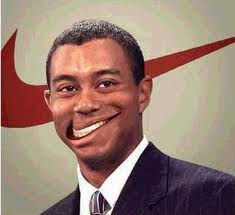In the sporting world, fans will do crazy, often unthinkable things: yell obscene things at other people, light people on fire, (go streaking?), and of course, the list continues. I was reading a blog post titled a blog post titled Cheaper Insurance Means More Money For Jays Games, and while what this person decided to do is admirable (from one Jays fan to another), it demonstrates the power of consumer loyalty.
In my opinion, the reason consumer loyalty is so powerful is because it resides with the affective side of the human psyche. In a sense, it’s a value added premium that is not easily quantifiable. Think about it, if someone asks you “how much do you love me”, you don’t often answer with a percentage or number, right? Also, in a case like this, the product is fairly consistent: it’s baseball! Although the dynamics of the product change whether the team wins and depending on the team personnel, granted, yes, but at the end of the day, someone who loves baseball, loves baseball!
Another aspect of consumer loyalty is that people are willing to go to great deals and expend considerable effort to retrieve a product, and the insurance example proves just that. Also with consumer loyalty, comes a high negligence to substitutes. For a passionate Toronto Blue Jays fan, this means refusing to cheer for other division rivals and jump on their bandwagons.
Don’t get me wrong, baseball teams and organizations know the power of consumer loyalty, that is why they strive to put forth the greatest level of talent onto the field, and on some days, they even have promotional giveaways! The aim of this is to not create fans for a day, but for a lifetime!

Check out the latest Toronto Blue Jays promotional offer: a Jose Bautista bobble head doll.
-Faiz
